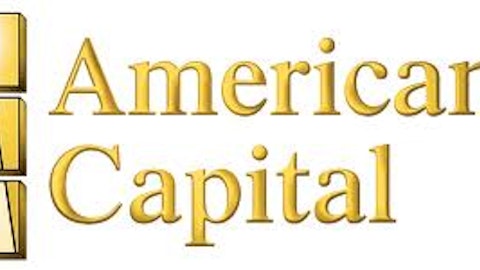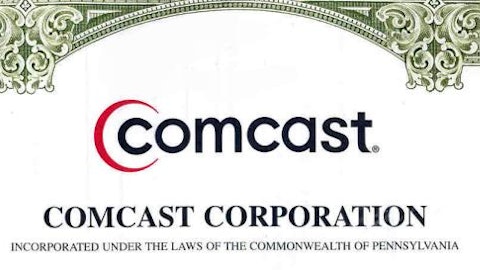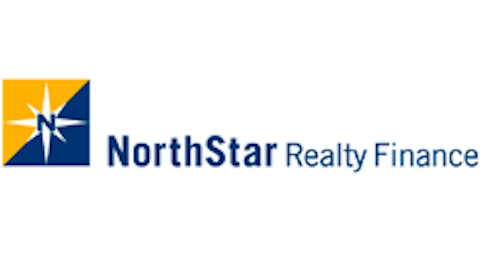Future Growth Prospects & Total Return Potential
Investing in asset management companies is similar to taking a leveraged bet on the market.
When markets are rising, asset management companies see new capital inflows (people want to participate in the bull market) and growing account values from current clients as equity values increase. This results in rapidly growing investment management fees during bull markets.
On the other hand, when markets are falling, investors want to pull out of the market (selling at the worst possible time – but history has shown that’s how most investors behave). This reduces the asset management company’s investment management fees. At the same time, the account values of investors who remain invested falls as equity values decline. Since most asset management fees are based on a percentage of assets under management, asset management fees decline significantly.
Over the last decade, T. Rowe Price Group has compounded its earnings-per-share at 10.2% a year.
The financial landscape is slowly shifting. Investors are switching to ETFs – which offer much lower investment management fees than mutual funds. To illustrate this point, take a look at T. Rowe Price Group’s growth fund (PRGFX) has an annual expense ratio of 0.68%. For comparison, the iShares S&P Growth ETF (IVW) has an expense ratio of 0.18%.
With the financial industry slowly trending toward lower asset under management fees, I believe T. Rowe Price Group’s earnings-per-share growth will slow somewhat over the next decade as compared to the previous decade. I expect long-term earnings-per-share growth of 7% to 9% a year from the company. I expect the stock market to continue generating 9% returns (over the long run), and expect fee reductions to be partially (or completely) offset by market share gains and share repurchases at T. Rowe Price Group. This is how I derive the expected 7% to 9% earnings-per-share growth for the company going forward.
This growth combined with the company’s current 3.2% dividend yield gives investors expected total returns of 10.2% to 12.2% a year going forward.
Recession Performance
T. Rowe Price Group Inc (NASDAQ:TROW) saw earnings-per-share fall during the Great Recession of 2007 to 2009, as one would expect from an asset management company.
To the company’s credit, earnings-per-share remained positive throughout the recession. T. Rowe Price Group quickly rebounded. The company reached new highs in earnings-per-share by 2010.
The company’s earnings-per-share per share throughout the Great Recession and the first year of recovery are listed below to give you a better idea of the company’s performance through that time.
– 2007 Earnings-per-share of $2.40 (new high)
– 2008 Earnings-per-share of $1.82 (start of declines)
– 2009 Earnings-per-share of $1.65 (recession low)
– 2010 Earnings-per-share of $2.53 (new high)
As you can see, T. Rowe Price Group remained profitable through the Great Recession. The company saw steep earnings-per-share declines, but quickly recovered to new highs by 2010.
Valuation
T. Rowe Price Group is currently trading for a price-to-earnings ratio of 14.2 (using adjusted earnings). The company is trading at a sizable discount to the S&P 500 – which currently has a price-to-earnings ratio of 19.9.
Additionally, T. Rowe Price Group is trading around its highest dividend yield since the Great Recession.
It is a rare opportunity to be able to pick up shares of T. Rowe Price Group for yields greater than 3%.
I believe a fair price-to-earnings ratio for T. Rowe Price Group is in line with the S&P 500 (if not a bit higher). The company appears to be undervalued – especially considering its shareholder friendly management and high expected total returns.
Final Thoughts
T. Rowe Price Group Inc (NASDAQ:TROW) has a long dividend history and a very shareholder friendly management. On top of that, the company appears to be a bargain at current prices.
The downside to T. Rowe Price Group is the slow shift toward lower fees in the asset management business. This could put downward pressure on the company’s margins over the long run.
Additionally, the company’s stock tends to drop precipitously during bear markets. With rising interest rates and a slowing global economy, a potential new recession could provide an even better entry point into T. Rowe Price Group.
Overall, T. Rowe Price Group currently has an above average ranking using The 8 Rules of Dividend Investing. What holds the company back from ranking higher is its high stock price standard deviation of 39.8% – which reflects the company’s weakness during recessions.
Disclosure: None





